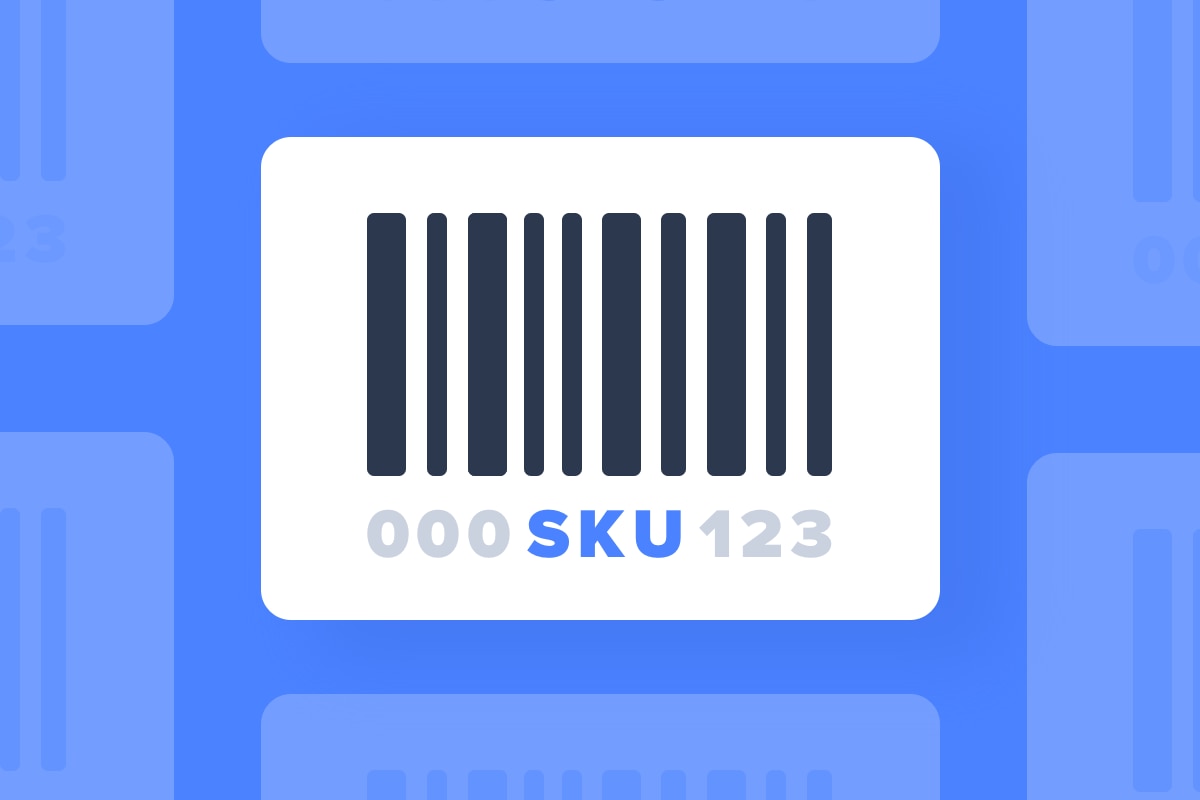Example of good SKUs
If you’re selling novelty coffee mugs and they come in three different colors then the SKUs might look something like this:
Coffee Mug Red, model no.1 = CM01-R
Coffee Mug White, model no.1 = CM01-W
Coffee Mug blue, model no.1 = CM01-B
In the example we have used the color variant, which distinguishes the items, as the last value in the SKU. By suffixing the SKU with the variant, we make the SKU easy to comprehend whilst still grouping together all the coffee mugs with CM01 for ease of use.
To learn more about SKUs, check out our eBook on Inventory Management: Everything you need to know
Lets do a slightly more complex example. This time we’ll add in a couple of variants i.e. season, product name, product type, size and color.
Summer 2012, Gecko Tee, Small, Red = S12T-Gec-RS
Summer 2012, Gecko Tee, Medium, Red = S12T-Gec-RM
Summer 2012, Ladybird Tee, Small, White = S12T-Lad-WS
Summer 2012, Ladybird Tee, Medium, White = S12T-Lad-WM
In the example above we have provided each of the variants with a unique, but easy to understand SKU.
Create and assign SKUs (Stock Keeping Units) for all your product variants
with this SKU generator











